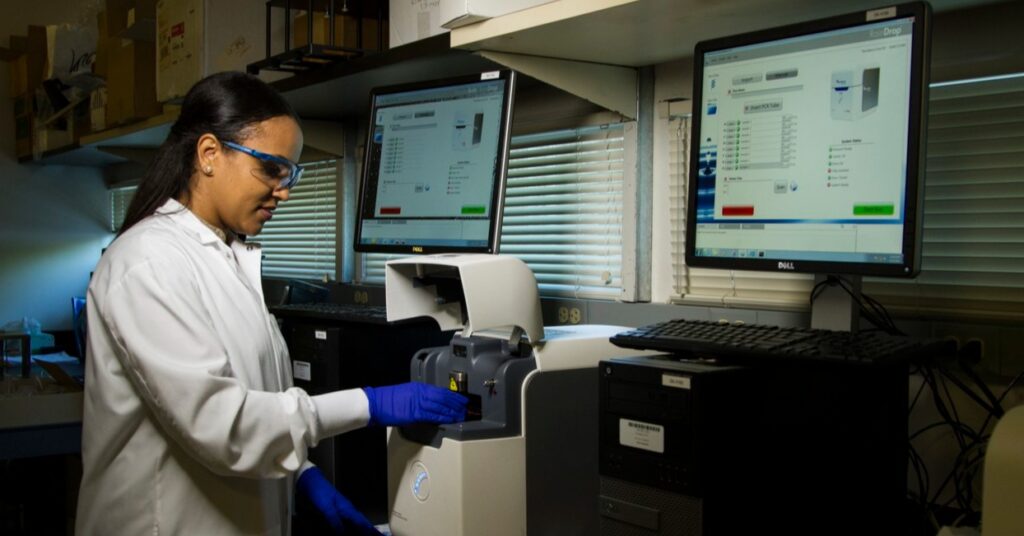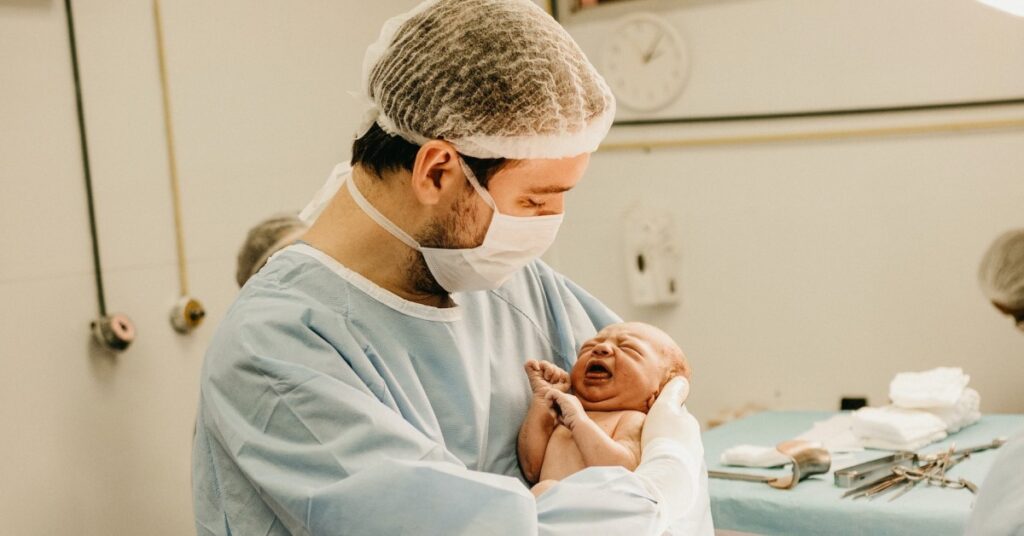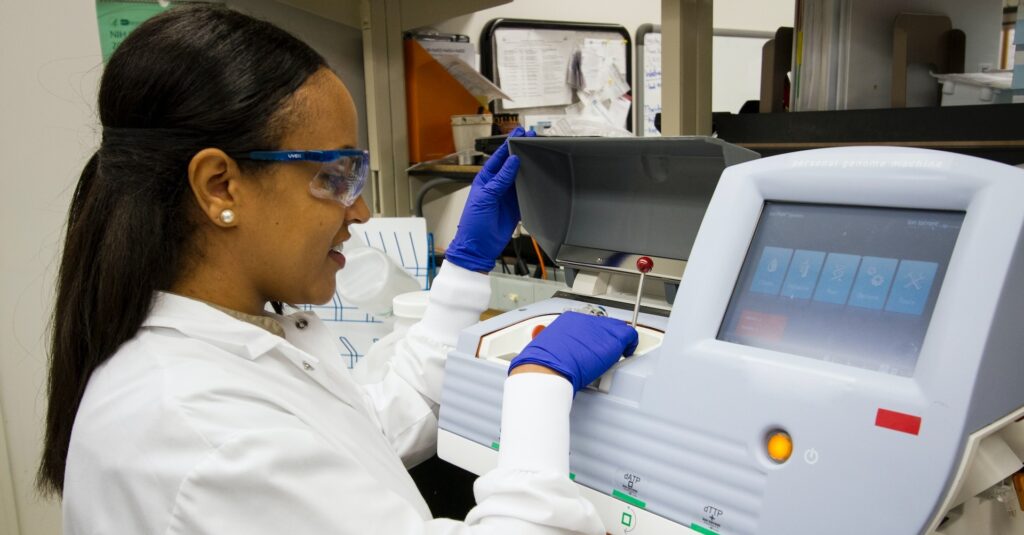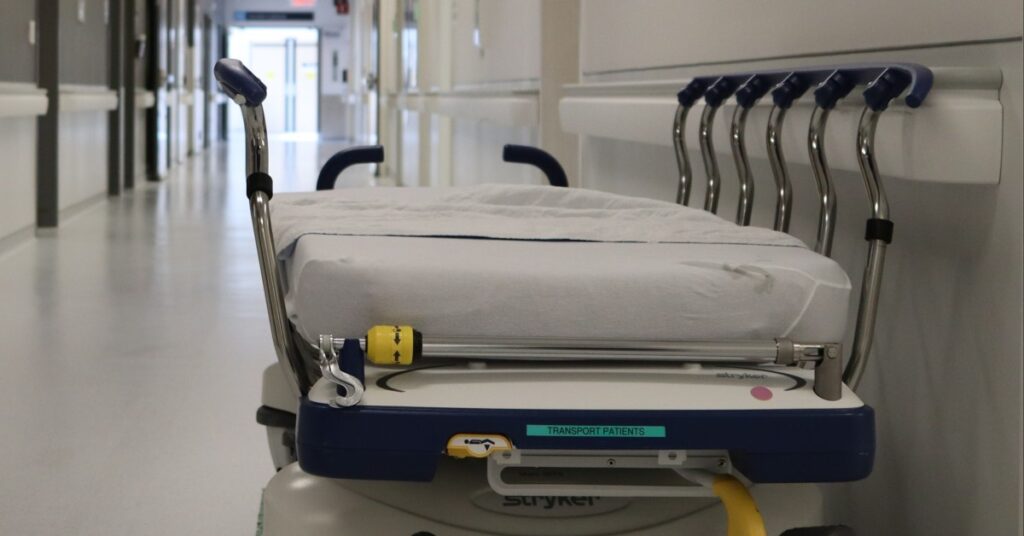
What Is the Epidemiological Triangle?
The epidemiological triad or triangle is an organized methodology used [...]
Would it surprise you to learn that only a small percentage of those holding the title “certified plastic surgeon” perform the kinds of high-profile cosmetic procedures that make entertainment news? Cosmetic procedures (like nose jobs and breast implants and augmentation) are what most of us think of when we think about becoming a plastic surgeon—thanks, in large part, to the plastic surgery marketing paid for by many a private practice. But becoming a plastic surgeon is about training to manage complex wounds in the operating room, perform skin grafts, restore the structure of a face (or other body parts) damaged in an accident, or repair cleft lips and other birth defects.
In this article, we’ll cover:
When talking about the DNA of the society of plastic surgeons, it is important to draw a hard line between reconstructive surgeons and cosmetic surgeons.
Cosmetic surgeons reshape or enhance parts of the body with non-essential surgeries performed at the request of patients.
A plastic and reconstructive surgeon repairs physical problems caused by injuries, trauma, cancer, burns, diseases, birth defects, and accidents.
A certified plastic surgeon—usually, with the help of at least one plastic surgery nurse—might operate on a hand one day to improve a patient’s dexterity and range of motion and perform a skin graft or breast reconstruction after a mastectomy the next. There is almost always an aesthetic component to plastic surgery, but in this specialty, you’ll also have the potential to save lives and to dramatically improve people’s quality of life—how’s that for patient care?
While plastic surgery may sometimes be performed to improve a patient’s appearance, it is also concerned with restoring normal function. The other big differences? Plastic surgery is usually covered by health insurance, while cosmetic surgery like breast augmentation and other aesthetic surgery is not. Also, the educational and certification paths for these two medical specialties are slightly different.
There is no specific undergraduate plastic surgery program or pre-med degree path for those who want to become plastic surgeons, but you will need to meet the requirements for entry into medical school, which everybody knows is really, really easy (insert sarcastic eye roll here).
If you want to become a plastic surgeon, your best bet is to major in biology or chemistry in a university with a strong pre-med support program that includes mentorship, tutoring, and research and clinical opportunities.
At Columbia University, for instance, students are assigned a pre-med advisor and there are regular meetings sponsored by the Premedical Committee. Duke University assigns each pre-med student an advisor who mentors them through the medical school application process. And at the University of Washington, pre-health career coaches help pre-med students choose classes and find relevant research, job shadowing, and volunteering opportunities.
The best pre-med bachelor’s degree programs will include courses in microbiology, physics, biochemistry, human anatomy, English (many medical schools require at least two semesters, believe it or not!), and advanced math. In general, most highly ranked medical schools will only accept candidates with a GPA of 3.5 or above—and many will only take those who graduate at the top of their class.
As you might have guessed from the descriptions of the support offered above, academics aren’t the only factor driving medical school admission. Community service, research, shadowing programs, and student organization involvement can all help set your application apart. So can a great MCAT score, so don’t leave preparing for the Medical College Admissions Test until the very last minute.
Your next step to becoming a plastic surgeon is going to medical school. Look for programs that offer concentrations in the medical specialties you’re most interested in, which might include:
At the University of Colorado Denver, for instance, students in their residencies can choose from twelve sub-specialties, including cosmetic surgery and head and neck reconstruction. At the University of Pittsburgh Medical Center, plastic surgery fellows can pursue training in body contouring surgery, reconstructive microsurgery, pediatric plastic surgery, and craniofacial surgery.
Plastic surgeons can earn either a doctor of medicine degree (MD) or a doctor of osteopathic medicine (DO) degree but know that there are many more MD programs in the US and that many patients prefer MDs simply because they don’t know much about the DO degree.
It isn’t that DOs aren’t well-trained. The biggest differences between the two degrees are the approach to medicine taught (DO programs tend to look at the body more holistically) and the licensing exam required to obtain a medical license. MDs must pass the United States Medical Licensing Examination (USMLE) while DOs have to pass the Comprehensive Osteopathic Medical Licensing Exam (COMLEX).
However, because there are relatively few osteopathic plastic surgery training programs, plastic and reconstructive surgery placements for DOs can be difficult to find. This is a field in which the MD is definitely the more traditional pathway.
After graduating from medical school, you will have completed two years of classroom study and two years of clinical rotations which, for aspiring plastic surgeons, can include:
Once you pass the USMLE, you’ll embark upon your residency. There are two residency pathways open to a doctor who wants to become a plastic surgeon. The first involves three years in a general surgery residency program followed by three years in a plastic surgery residency program. The second involves six years in an integrated residency for plastic surgery residents that provides both forms of training simultaneously.
Make sure you really want to become a plastic surgeon before deciding to become one. This is not really an “I’ll try it and see if I like it, I guess,” type of career. It’s common knowledge that plastic surgery residencies are extremely competitive. The key to making it in is to plan well ahead.
You need:
It also helps to have:
Your plastic surgery residency will be an incredibly intense program, with education in ophthalmology, dermatology, orthopedics, and otolaryngology, and time spent providing low-cost or free plastic surgical procedures to low-income patients. You will improve your surgical techniques, learning to make them as minimally invasive as possible.
Medical licensing requirements vary from state to state. Assuming you have completed all necessary degrees, residency requirements, and exams (usually the USMLE), you will be a licensed doctor.
Some states require license renewal and continuing medical education—which can be fulfilled by a fellowship program or a certification maintenance program—while others do not. Once your residency is complete, you will pursue board certification from the American Board of Plastic Surgery (ABPS) if you are an MD, or the American Osteopathic Board of Surgery (AOBS) if you’re a DO.
This is an important step because hospitals typically grant privileges only to those surgeons who are board certified.
Once you’re a board-certified plastic surgeon, you can start your own private practice, join an established practice, such as a medical center, or work as faculty in a medical school. You could also work in a children’s hospital and train to repair birth defects, such as a cleft lip or brachial plexus.
Many plastic surgeons continue their education by taking on a one- or two-year fellowship in specialties like:
There are a lot of reasons why plastic surgery is a rewarding career. It pays well, of course. The Bureau of Labor Statistics doesn’t track plastic surgery specifically, but it does report that all surgeons earn an average of $255,110 annually.
It is important to remember that not all big salary jobs lead to greater happiness. Plastic surgeons do important work, giving people their quality of life back after accidents and illnesses; however, the glamorous life of a plastic surgeon is largely an invention of popular culture. You’ll experience plenty of ups and downs in this specialty—long, exhausting weeks, and if you choose to open a practice, you’ll have to deal with a lot of administrative chores.
As medical specialties go, plastic surgery is pretty special. A CareerExplorer survey found that most plastic surgeons rate their career happiness 4.1 out of 5 stars, putting them in the top 6 percent of careers when it comes to satisfaction. If you can cope with the training and find your niche in the plastic surgery world, chances are good you’re going to love what you do.
Questions or feedback? Email editor@noodle.com

The epidemiological triad or triangle is an organized methodology used [...]

A family nurse practitioner (FNP) provides comprehensive primary health care [...]

FNPs practice in a broad range of health care settings. [...]

Some epidemiologists assist pharmaceutical companies in developing safer medicines. Some [...]

Certifications certainly boost one's resume, demonstrating advanced proficiency in a [...]
Categorized as: Medicine, Nursing & Healthcare